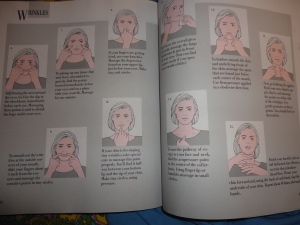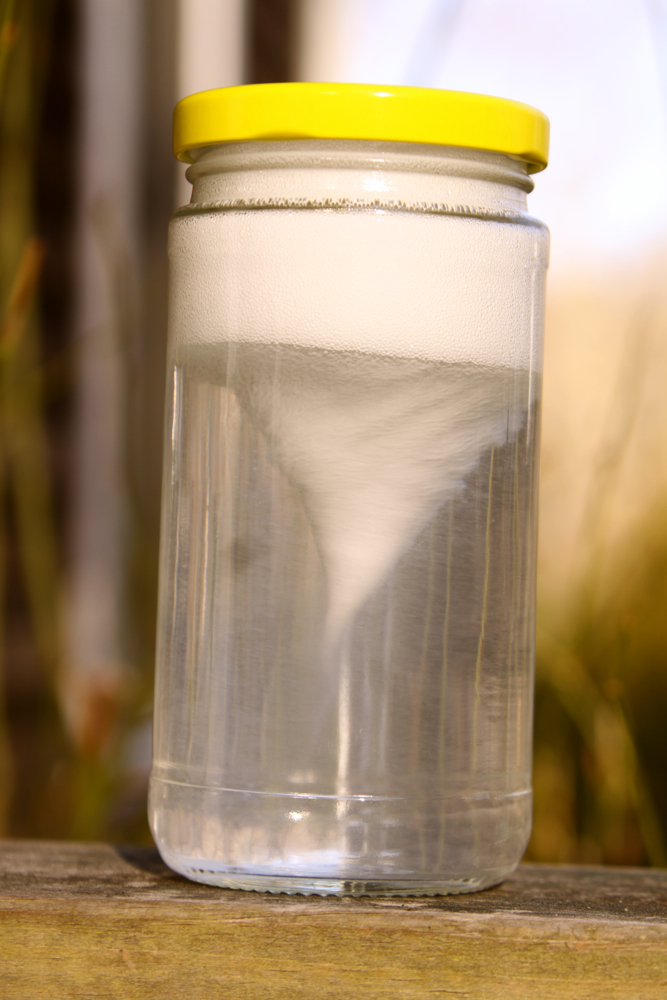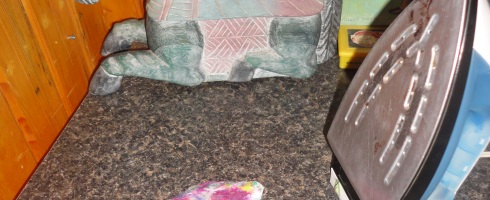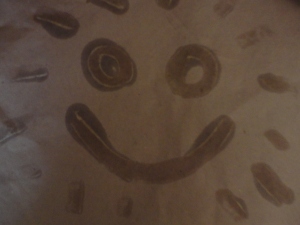My favorites are not Facebook’s favorites.
Facebook gathers information about all of us as we use it. What we like, comment on and share is all collected in a database and analyzed by advertisers. BOOK Cover 
As this year comes to a close, the collections are being shared. Facebook will share some of what they gathered about you and what their formula has concluded to be your “20 Biggest Moments”. Go to your Facebook home page and check it out. Do you agree with what they came up with?
Yesterday, I watched as Katie Couric hosted an episode of Katie where these “biggest” stories were discussed. The stories that had the most shares, likes and which were mentioned the most. Then today, on Facebook, I read a quote from claypotideas that let me see all this information with a new perspective;
“What people think about you is none of your business.”
So much of our time is wasted worrying about what others think about us. Facebook’s “20 Biggest Moments” feature is reinforcing this destructive behavior by selecting out only the stuff that your friends have liked, shared and commented on.
Define Yourself
Young children, on the other hand, like, share and comment on everything that is emotionally important to them. Kids feel everything and will most likely tell you all about it. “My neck is itchy”, “I have to go pee”, “I have balls in this box” etc. The examples go on and on. In my book Heart of a Toddler: The Zen in Them this is :
Lesson 25: If you see value in it, share it.
The key word above is “you“. If you see value in it. So, I test out this theory of the importance of personal value.
I ask my preschooler, “If you think back about this entire year, what do you remember the most?”
“You!” He says quickly, pointing at me with his entire arm.
I know that’s not an answer that would score high up on the Facebook charts, but it’s one that scores high up on mine. For while it will calm our hearts to free ourselves from what others think, it can also empower and inspire us. Even negative comments have something to teach us, as long as we can manage not to let them hurt us or be roadblocks to our growth. It’s all about our perspective and how we choose to take it.
My Top 20 Favorite Facebook Quotes for 2012
I’ve gained a lot of insight and inspiration from quotes that have come to me through Facebook and which I have shared there. Facebook didn’t however and most aren’t accessible from there anymore. I see defining value in them however, so I have dug through some of my favorite pages and here I am sharing these quotes with you. Enjoy.
1. “The mind is everything. What you think, you become.” –Life Tastes Well
2. “Don’t explain your philosophy, embody it.” -Epicurious reposted by PositiveAtmosphere.com
3.”If you cannot make a change, change the way you have been thinking. You might find a new solution. Never whine. Whining lets a brute know that a victim is in the neighborhood.” -Maya Angelou
4. “People are just as happy as they make up their minds to be.” -Abraham Lincoln
5. “An anthropologist proposed a game to children of an African tribe. He put a basket of fruit near a tree and told the children the first one to reach the fruit would win them all. When he told them to run, they all took each others hands and ran together, then sat together enjoying the fruits. When asked why they ran like that, as one could’ve taken all the fruit for oneself, they said, “Ubuntu, how can one of us be happy if all the others are sad?” ‘UBUNTU’ is a philosophy of African tribes that can be summed up as “I am because we are.” -The Great Spirit
6. “What screws us up in life is the picture in our head of how it’s supposed to be.” -posted by Zen Parening Radio
7.”Acknowledging the good that you already have in your life is the foundation for all abundance.” ~Eckhart Tolle
8. “I Love You. I am your PARENT, you are my CHILD. I am your QUIET PLACE, you are my WILD. I am your CALM FACE, you are my GIGGLE. I am your WAIT, you are my WIGGLE. I am your DINNER, you are my CHOCOLATE CAKE. I am your BEDTIME, you are my WIDE AWAKE. I am your LULLABYE, you are my PEEKABOO. I am your GOOD NIGHT KISS, you are my I LOVE YOU.” – Joy of Mom
9. ”It is not what you do for your children but what you have taught them to do for themselves, that will make them successful human beings.”
~Ann Landers reposted by I Love Being a Mom
10.”The way we talk to our children becomes their inner voice.” ~Peggy O’Mara reposted by I Love Being a Mom
11. “When nothing goes right, go left.” -Daily Dose
12. “Do not educate your child to be rich, educate them to be happy, so when he grows up he’ll know the value of things, not the price.” -Page101
13. “People were created to be loved. Things were created to be used. The reason the world is in chaos is because things are being loved and people are being used.” -Open Mind
14. “Character is how you treat those who can do nothing for you.” -Zen Parenting Radio
15. “Read this slowly: LIFEISNOWHERE. What did you read? “life is no where” or “life is now here”? My friends, life is all about how we look at it! -Daily Gratitude Challenge
16. “It doesn’t matter how old or gangster you are- if a toddler hands you a phone, you answer that shit!” -George Takei
17. “Birthdays are good for you. Statistics show that people who have the most live the longest.”
18. “Food reform begins in your kitchen, not in Washington.”
19. “Metal bits in your cereal. Yummy!”
and last but certainly not least….
20. “Super-risk-it”: when something is good, super good, super, super, super good, as in terrific. -Adam Potter, 2012

Tags: 2012, claypotideas, daily dose, daily gratitude challenge, facebook, Heart of a Toddler, joy of mom, life tastes well, positivity, Zen Mama, zen parenting








 Notice how roadsigns never say, “Don’t run over pedestrians?”
Notice how roadsigns never say, “Don’t run over pedestrians?”







